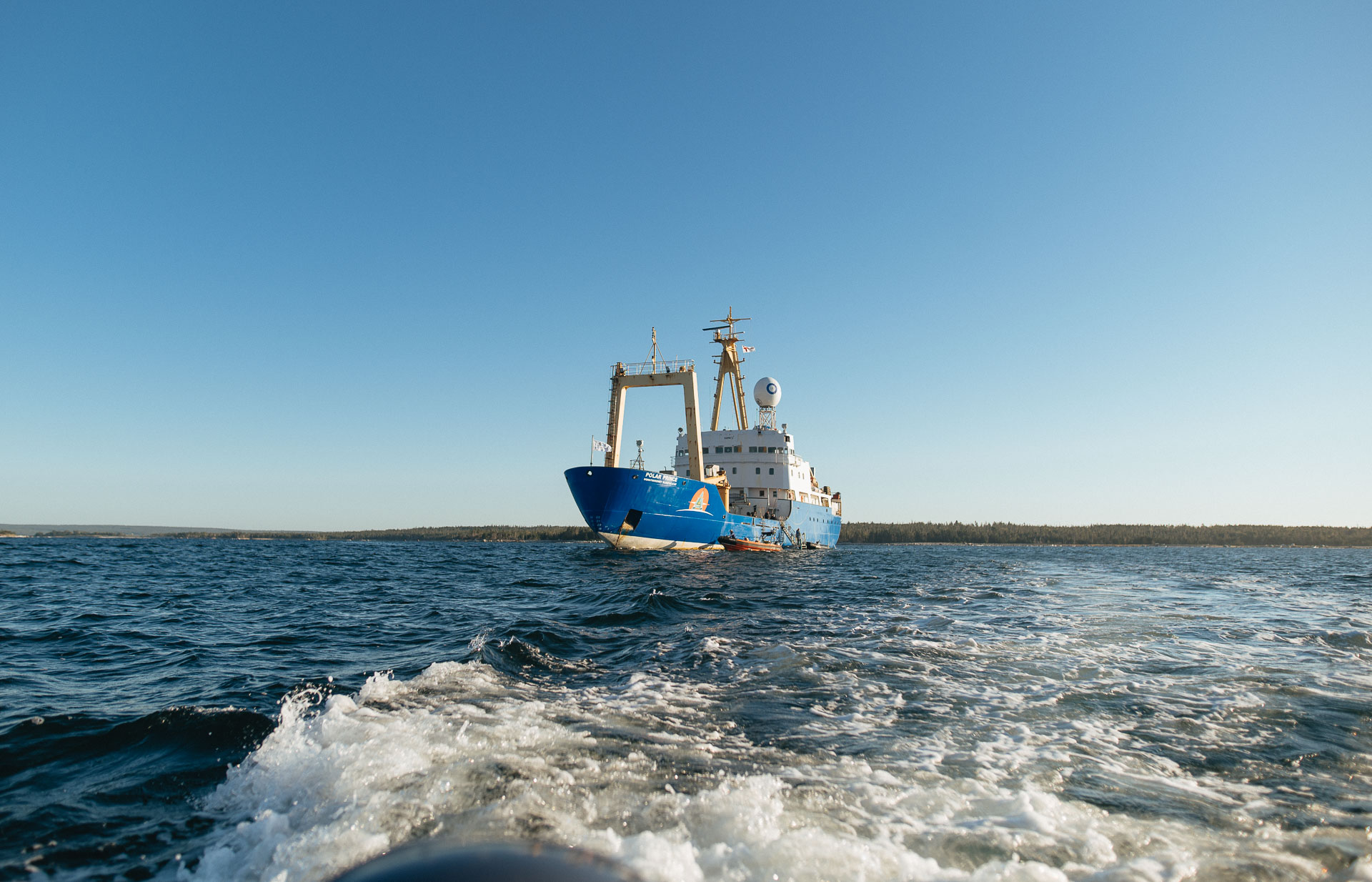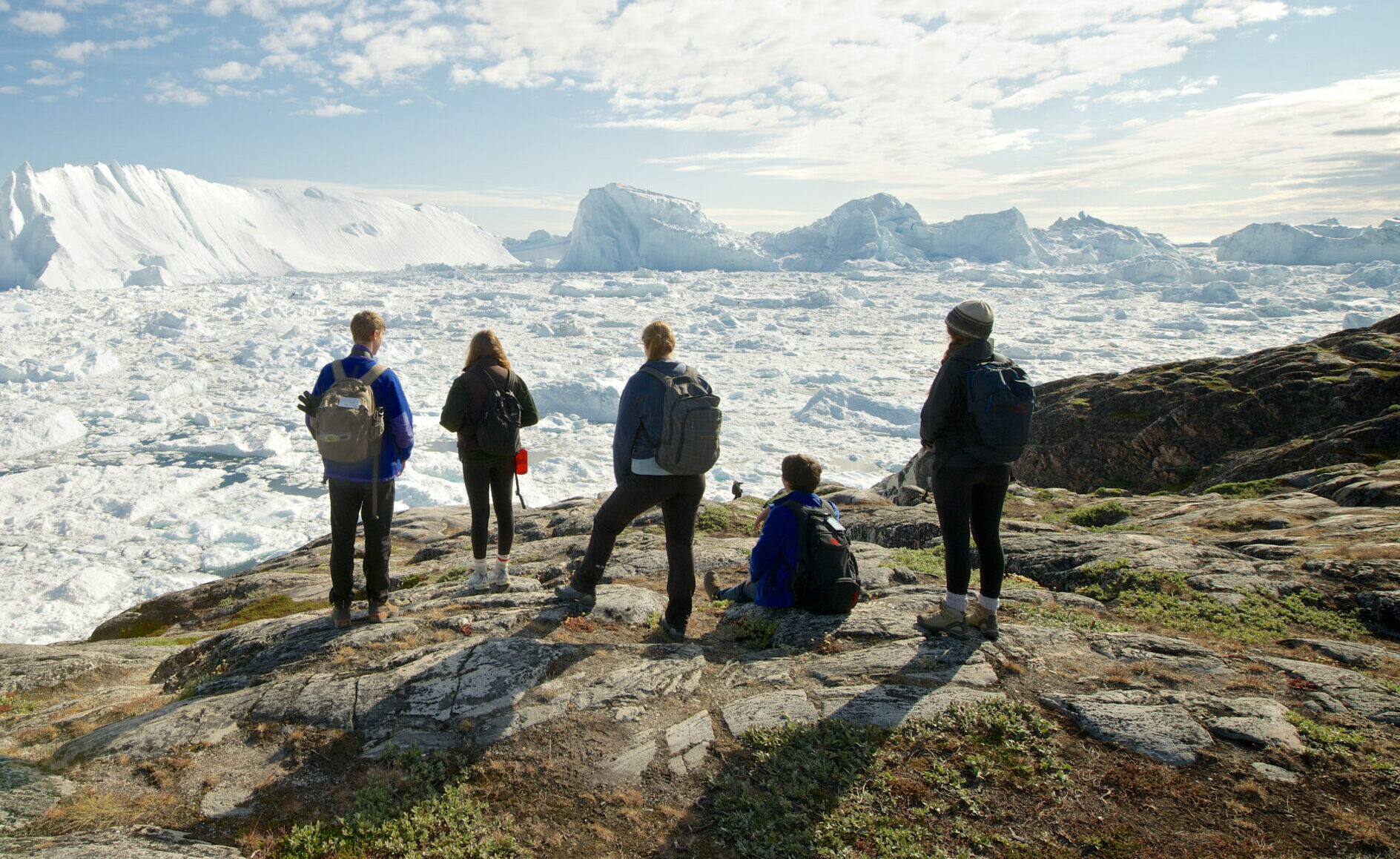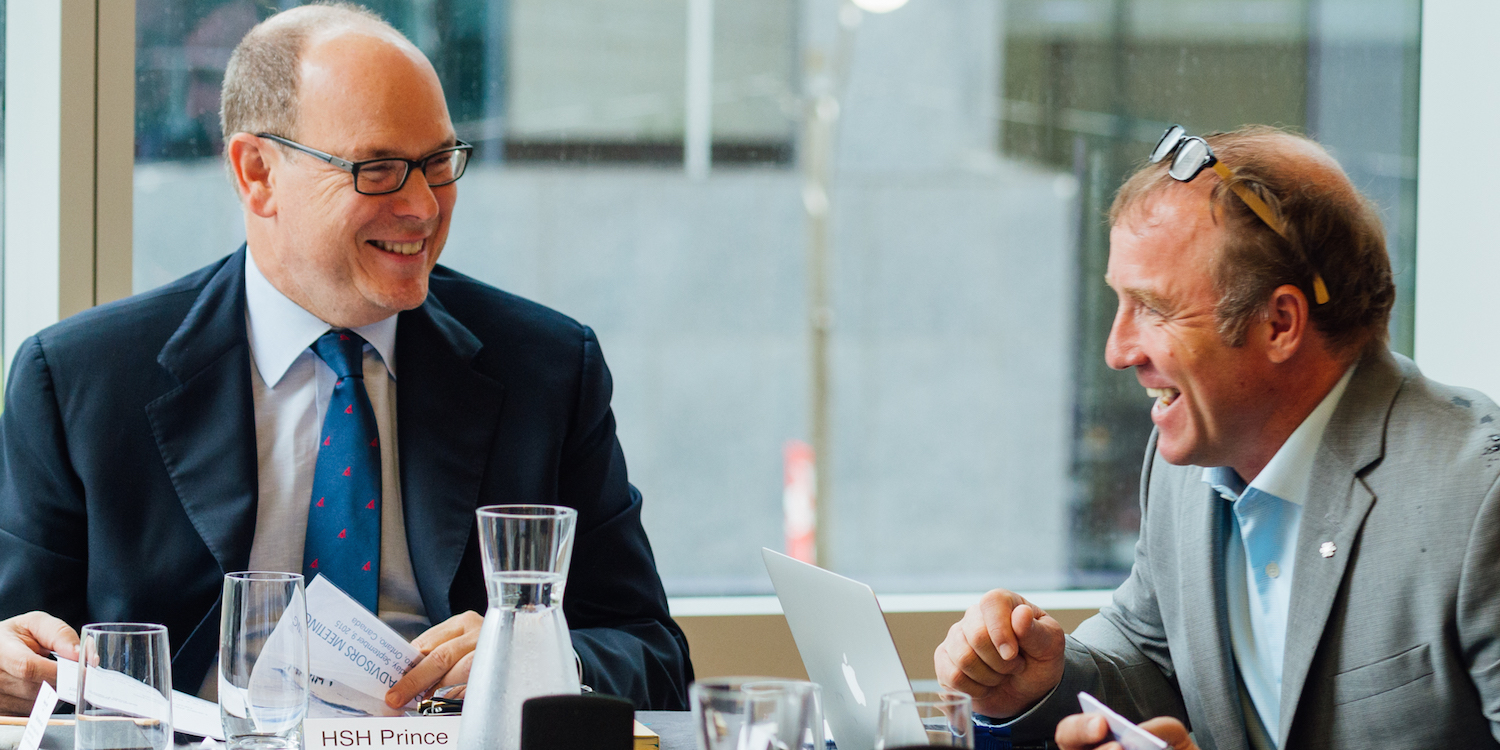Arctic Encounter: Reflective Blog – Laurie Trottier
Every day of the Arctic Encounter Symposium (AES), as I was standing on the escalator of the Dena’ina Convention Center, I questioned my presence. Why was I attending this international conference? What was my purpose, and even further: what is my place in the Arctic? I’ve been living in Whitehorse, Yukon for more than two years, but my roots are down south in Quebec. Should I even have a voice in the Arctic? These questions were in my head the whole time and even the day before the conference – when the Arctic Youth Forum and other organizations hosted a Youth Day.
We, the members of the Arctic Policy Cohort for Students on Ice Foundation, were lucky enough to assist with the Youth Day. Around 50 young people from across the Arctic region participated. We talked about creative solutions, exchanged good practices, and, surely, broke the ice. Having the chance to connect with so many inspiring youth before the symposium was deeply beneficial. And thankfully, this day reminded me that I was there to listen and reflect – rather than taking a leadership position – and I tried to remember this as the conference began.

The Arctic Encounter organization team stressed the following point during the entire event: youth participation and engagement were two of the key aspects of the symposium. It’s true that youth voices were heard. But it was always in a programmed box, with other youth. For better inclusion, I think youth should have been involved in every plenary session and breakout room of the AES. As Nivi Rosing, an Arctic Youth Resilient Communities Fellow from Greenland said, “We are the voices of the future but also the voices of now.” Now that I am back in Whitehorse and I had the time to gather my thoughts, I think I learned more and got more inspired by people I met on the sidelines of the symposium than on the main stages.
My favourite panel was definitely the one about Indigenizing education. I learned about the best practices throughout the Arctic and it was focused on solutions, community building and… people. We talked about degrees that can be done remotely so that people can stay in their communities. We talked about the need to infiltrate working groups to impact policy priorities. We talked about Indigenous communities from different countries coming together to make changes in their own education. In this panel, the people living in the Arctic were at the center.
A far cry from the critical minerals break-out session. Critical minerals are a subject that I am passionate about, because of the environmental dilemma it unveils and the fact that mining is often done on Indigenous lands. As one of the only youth in the room, I asked a question about our future, greenwashing, and the need to produce more and more goods. Instead of being really heard, and validated, I was given a response that I will never forget, “For some people, it doesn’t make any difference if the minerals are extracted to create a green energy project or to end up in a 59th iPhone.” To hear that, from people at a policy-making level, was frankly, terrifying.
Almost all of the breakout sessions and panels I attended during AES carried the same prioritization of production and development over the well-being of the Arctic people and the planet.
Even if I felt sad at times, and desperate or exhausted at others, I am still grateful for the opportunity to attend this international symposium. Many youths felt the same feeling of powerlessness during these three days.
A few weeks later, however, I feel empowered by the youth I met and by the few policymakers that took the time to meet us and hear our views about policymaking in the region. Behind a lot of the difficult questions asked to people in power during the AES were creative, smart, and motivated youth that are ready to see change. And this is what I will try to remember the most.







